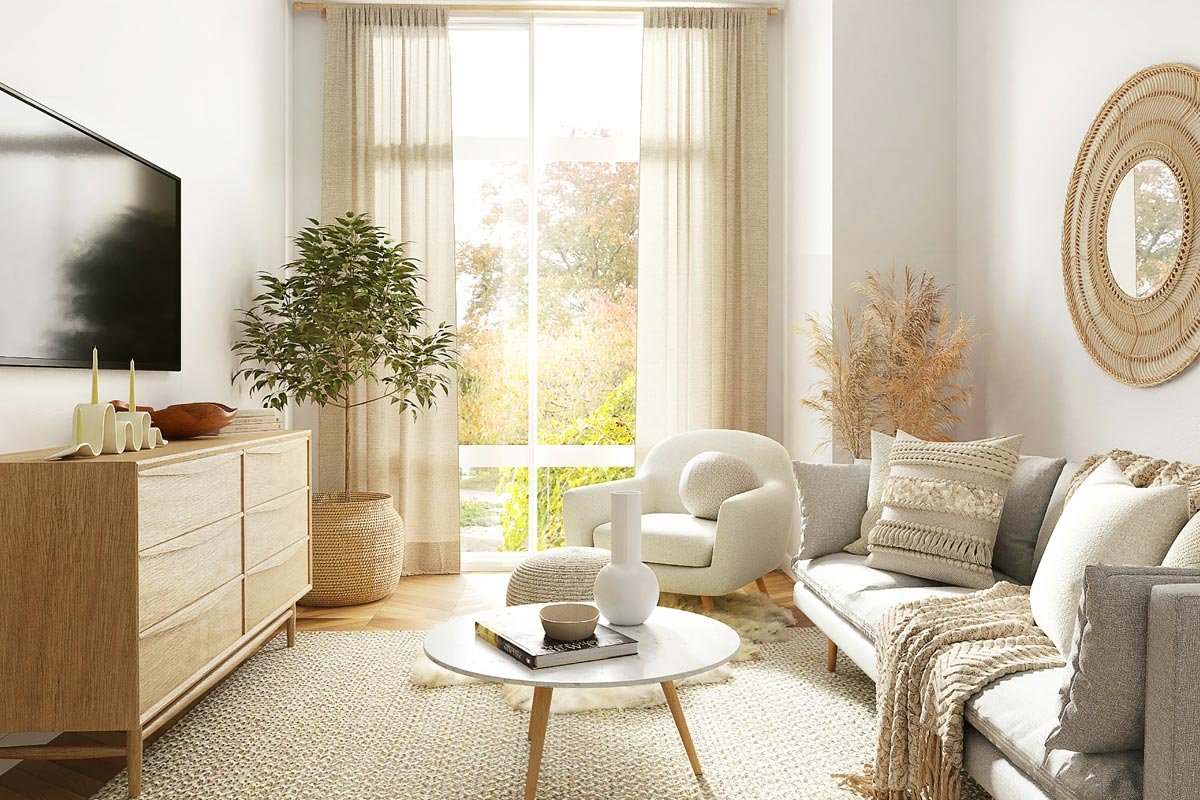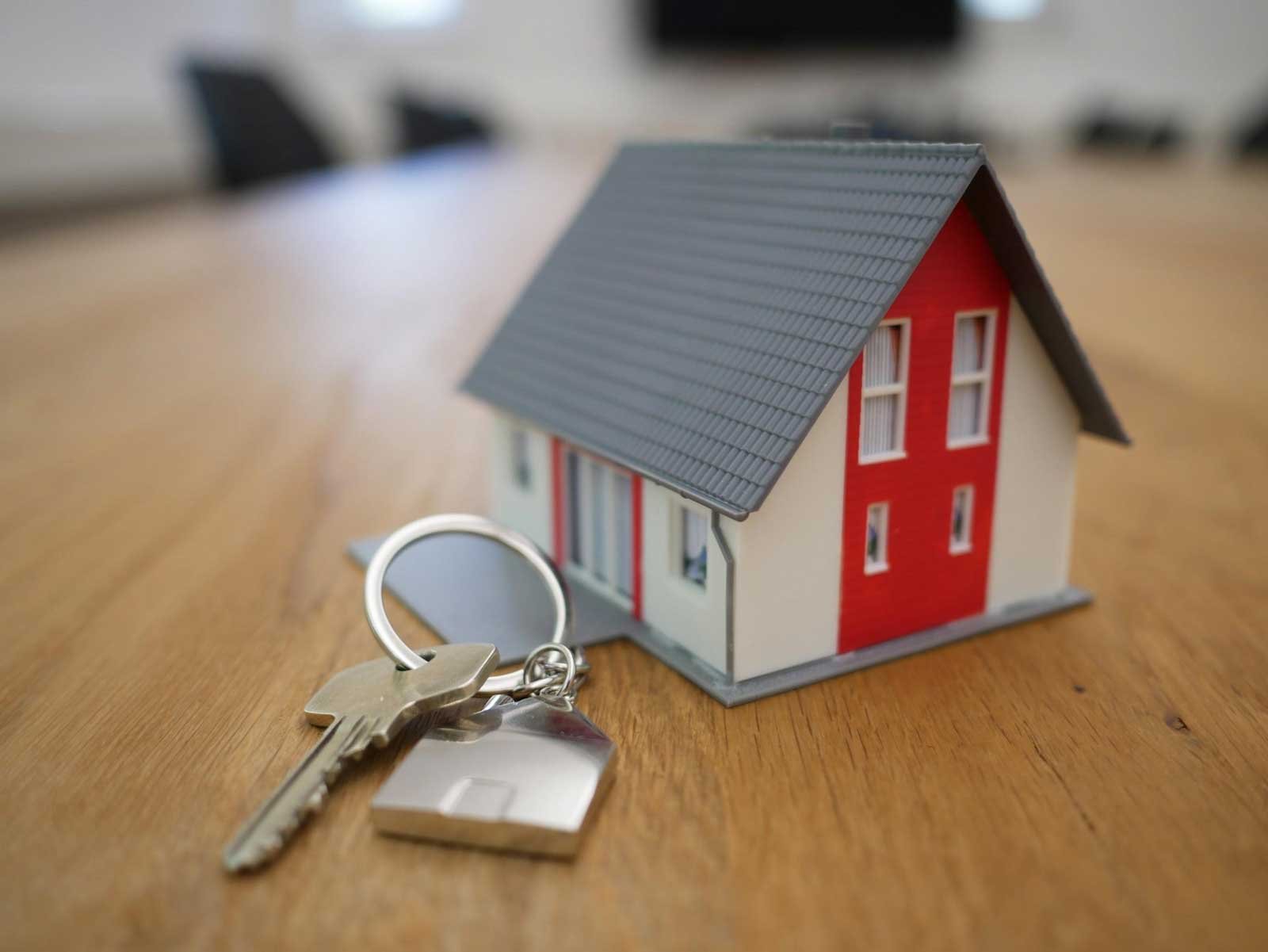Modern Tactics for Keeping the Chill Out of Your Home
Creating a warm and inviting home environment during the colder months is essential for comfort and energy efficiency. The strategies to achieve this go beyond just cranking up the thermostat; they involve an integrated approach that includes modern building technology, innovative materials, and smart design choices. This guide will delve into the various tactics that make your home comfortable, efficient castles against the cold—exploring everything from insulation advancements to smart home integrations.
1. Choose High-Performance Windows and Doors
Windows and doors are critical components in maintaining a home’s thermal envelope. Double- or triple-glazed windows with low-emissivity (low-E) coatings dramatically reduce heat transfer, keeping warm air inside during the winter and out during the summer.
These windows also utilize gases like argon or krypton between the panes for better insulation. Similarly, well-sealed and insulated doors prevent drafts and heat loss, therefore contributing to a more stable indoor environment.
2. Install Smart Heating Systems
Modern heating systems have significantly evolved beyond the capabilities of traditional central heating, incorporating more sophisticated and efficient technologies. Radiant floor heating, for instance, involves the installation of heating elements beneath the floor, offering a uniform distribution of heat that naturally rises, warming the entire room more efficiently than conventional methods. This system eliminates cold spots and enhances overall comfort.
Additionally, contemporary HVAC systems can be paired with smart thermostats. These devices not only learn your schedule and temperature preferences but also optimize your heating routines accordingly. They play a crucial role in energy conservation by automatically adjusting the temperature based on whether you are home or away, thereby significantly reducing energy waste.
This integration of advanced technology ensures that heating systems are not only more efficient but also more responsive to the needs and habits of residents—providing a seamless, automated approach to home temperature management.
3. Use Advanced Insulation Techniques
Effective insulation is the first line of defence against the cold—and a crucial component for energy conservation in modern homes. Today’s market offers advanced materials and methods that excel in retaining heat and enhancing the home’s overall energy efficiency. Spray foam insulation is a superior choice as it expands to fill and seal cracks and crevices, providing an airtight barrier that traditional fibreglass batts simply cannot achieve.
Additionally, reflective insulation (incorporating radiant barriers) presents an innovative approach. Unlike traditional materials that absorb heat, reflective insulation works by reflecting heat back into the home, effectively reducing heating costs and improving thermal comfort.
This method not only averts heat loss but also contributes significantly to maintaining a stable and comfortable indoor temperature in your home year-round. You can talk to companies like Green Improve to see what would be best for your home and to find out if there are any government grants to take advantage of.
4. Invest in Heat Recovery and Ventilation Systems
Heat recovery ventilators (HRVs) and energy recovery ventilators (ERVs) are pivotal in modern homes, particularly in tightly sealed environments. These systems ensure fresh air intake and improve indoor air quality without letting heat escape.
HRVs and ERVs transfer heat from outgoing stale air to incoming fresh air, therefore recuperating energy that would otherwise be lost.
5. Carry Out Sealing and Weatherproofing
To prevent cold drafts and maintain a comfortable indoor temperature in your home, it is essential that homes are well-sealed against the elements. Modern sealing techniques involve meticulously checking for and addressing leaks around windows, doors, and other potential points of entry such as pipes and vents.
Effective methods for sealing these leaks include applying weather-stripping, caulking, and expanding foam, which adapts well to the contours of the gaps, therefore providing a durable seal. Furthermore, the construction of modern homes often incorporates a vapor barrier. This addition plays a crucial role in moisture control by preventing water vapour from entering and potentially damaging the insulation. Moisture in insulation can greatly reduce its thermal resistance, affecting the home’s overall energy efficiency. Maintaining the integrity of this barrier is critical not only for preventing moisture-related damage but also for ensuring that insulation performs optimally year-round.
6. Think About Solar Gain Management
Leveraging the sun’s energy can play a significant role in naturally warming your home. Strategic placement of windows and the use of thermal mass, like concrete floors and brick walls, can absorb and store heat during the day and release it slowly at night. During the winter, solar gain can significantly reduce the load on heating systems.
7. Incorporate Green Roofs and Living Walls
Green roofs and living walls provide insulation and reduce heat loss. A green roof, covered with vegetation, can greatly increase the thermal mass of a building by absorbing heat during the day and releasing it at night. Living walls act similarly, adding an extra layer of insulation and enhancing the aesthetic and ecological value of the property.
8. Invest in Programmable Lighting Solutions
In modern homes, even the lighting solutions can contribute to keeping the chill out. LED lights, for instance, are not only more energy-efficient but also emit less heat than traditional bulbs, therefore reducing the thermal load during cold months.
Smart lighting systems can be programmed to maximize natural daylight usage and reduce dependency on artificial lighting, which can also indirectly reduce the need to heat additional spaces unnecessarily.
9. Invest in Integrated Home Systems
Integrated home systems can control heating, lighting, and even window coverings, optimizing the indoor environment for comfort and efficiency. Smart homes can adjust curtains and blinds based on the time of day and outside temperatures, utilize floor heating in just the rooms that are occupied, and keep the living areas of your home comfortable without unnecessary energy expenditure.
10. Use Internal Layouts to Maximize Warmth
The internal layout of a home can also impact how warm it feels. Open-plan designs allow heat to circulate freely, but they can also be challenging to heat uniformly. Using room dividers or rearranging furniture can help contain warmth in designated areas. Placing living spaces where they receive the most sunlight during the day can also naturally increase warmth.
11. Make Behavioral Adjustments
Finally, simple behavioral adjustments can significantly enhance comfort and efficiency. Wearing warmer clothes, using rugs and throws, and even adjusting your daily activities to utilize the warmest areas of your home during the coldest parts of the day can make a substantial difference.
Conclusion
Modern homes are increasingly resembling comfort castles, armed with a variety of tactics to keep the chill out efficiently and sustainably. By integrating advanced materials, smart technology, and strategic design, homeowners can enjoy warm, inviting spaces that don’t just fend off the cold but do so in an environmentally responsible manner.
The future of home heating is not just about adding more heat and making them comfortable but doing so intelligently and creatively.





